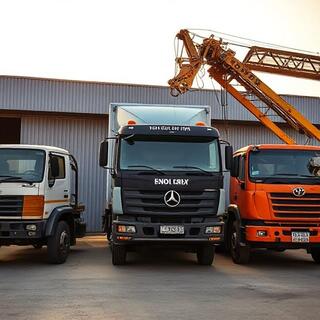Mini-Truck 1.5T — Inner Lanes
Short wheelbase and tight turning radius. Works as a feeder from staging when the main lorry can’t clear gate geometry. Ideal for handoffs within 300–500 m.
Width 1.7 m Feeder Low NVH
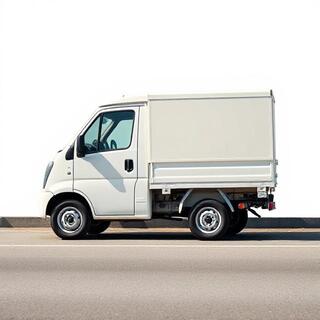
Indian cities mix slim by-lanes, gated societies, flyovers, and express corridors. TitanHaul pairs agile feeders for inner lanes with long-bed lorries for corridors, plus hydra cranes for awkward lifts. The goal is simple: calm moves that respect neighbours and time.
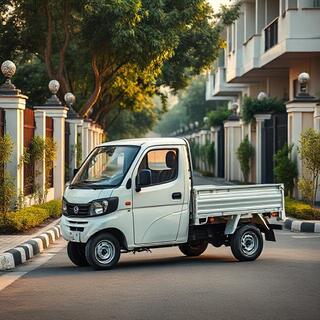
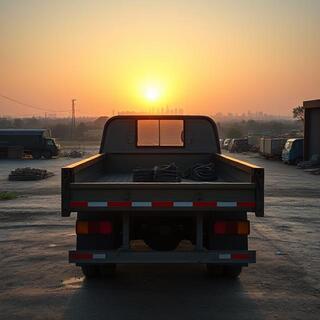
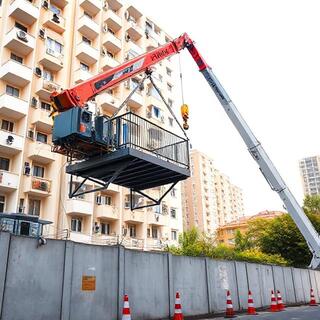
One size never fits every address. Below are our core profiles tuned for Indian streets. Hover a band for details; specs highlight what keeps moves predictable and neighbours relaxed.
Short wheelbase and tight turning radius. Works as a feeder from staging when the main lorry can’t clear gate geometry. Ideal for handoffs within 300–500 m.
Width 1.7 m Feeder Low NVH

Long-bed with hydraulic liftgate for heavy white goods and stone slabs. Bed chief owns strap geometry; opposed angles keep CG centred across bumps.
Liftgate Long-bed Highway
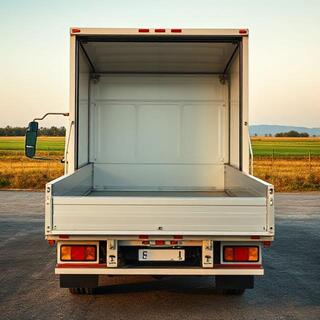
For awkward geometry where stairs or lifts won’t work. Rigging brief covers tag lines, exclusion zones, and a soft settle on touch-down.
12–14T Rig-assist Spotters
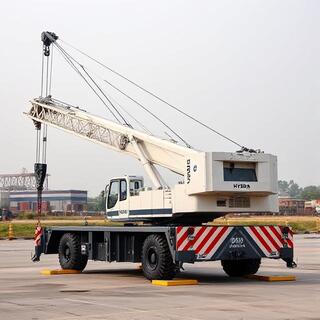
Stability is geometry. Wheelbase influences turning radius; strap angles and load height set how the centre of gravity behaves over bumps and ramps. We design routes around these limits so every move feels calm, not heroic.
Shorter wheelbases carve tighter curves—perfect for old-town turns. Long-beds need wider arcs and spotter calls at blind corners.
Loads ride low and centred. If CG is off-axis, we add a three-point base and increase strap opposition to tame lateral drift.
Lower angles calm the CG. Anti-slip runners matter most in rain—grip means control, control means no surprises at landings.
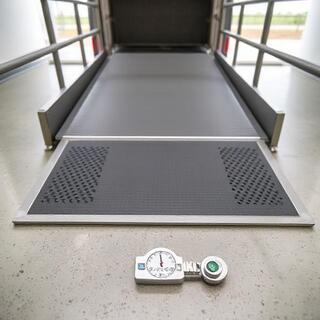
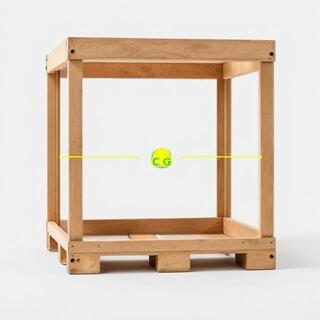
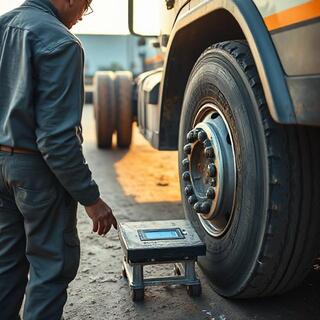
Predictable handling starts long before the first box moves. Tyre pressure, tread health, alignment, and brake fade checks keep trucks steady in rain and heat. Small habits prevent big surprises at gates and landings.
Morning briefs include a tyre walk: pressures checked warm and recorded on the bay board; tread wear flagged before it turns into a slide on wet tiles.
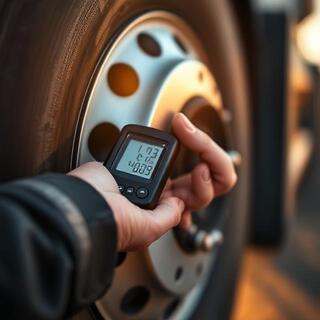
Urban routes mean stop–go. We test pedal feel, measure pad thickness, and avoid riding the brakes on slopes—engine braking keeps heat in check.
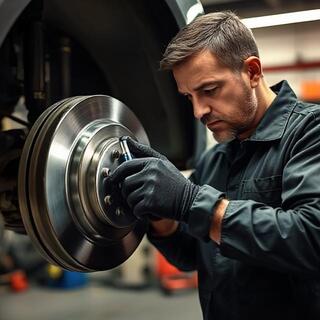
Bent geometry drains fuel and skews straps. Laser alignment and wheel balance make steering neutral and loading safer on narrow approaches.
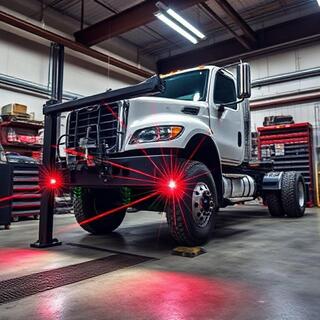
Calm loading is angle + grip. Liftgates handle dense weight; low-angle ramps keep the centre of gravity settled. Anti-slip inserts and spotters make rain days routine.
One voice commands the lift; hands stay clear of pinch points. Loads settle before wheels move; rail pads protect edges on contact.
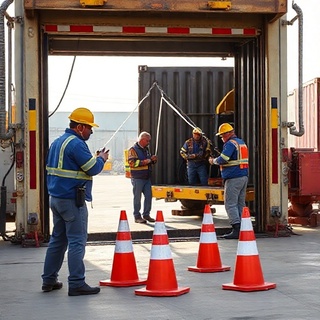
The lower the angle, the calmer the CG. We add inserts, shorten the push, and pick a cadence—brief, lift, settle—so nothing jerks at the hinge.
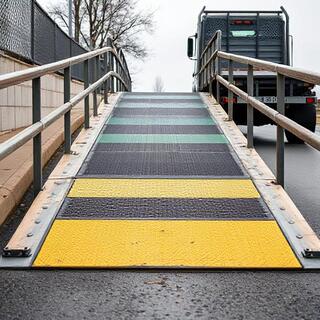
Rain adds noise and risk. Rubber mats at landings, towel stations for hands, and slower bursts keep crew confident and cargo quiet.
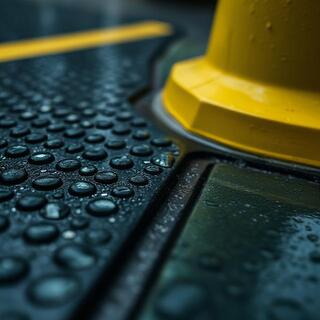
Gates, pillars, and speed breakers define your day. We measure widths, scout turns, and choose feeder handoffs when the long-bed would wrestle with the lane.
Many society gates narrow at the hinge. We fold mirrors, slide pads over rails, and angle the approach to add precious centimetres.
Spotters call the arc; cones mark rear swing. If geometry won’t forgive, we keep the feeder and stage outside for a calm handoff.
We cross diagonally at low speed with settled loads. Ramps and rails protect underbody gear and keep items from rocking.
Clean fuel lines keep throttle smooth and emissions low. TitanHaul logs diesel sources, rotates tanks to avoid stale fuel, and scans injectors for spray pattern health. The ritual is simple: filter, sample, record—before dawn dispatch.
Morning pulls check for water or sediment. Filters get swapped on schedule, not when they complain. Records live with the bay board.
Rough idle or smoke hints at a clogged tip. We scan spray patterns and balance fuel delivery—small fixes prevent big downtime.
Every fill notes source, meter, and time. Off-peak fueling shortens queues and keeps drivers fresh for city lanes.
Calm drivers make calm moves. We set mirrors for blind spots, keep seats neutral for wrists and back, and maintain clear sightlines with clean glass and wipers. Small comforts reduce errors at gates and landings.
Wide-angle and spot mirrors trim blind corners. Spotters still lead tight entries, but the cab sees more and reacts sooner.
Knees slightly bent, elbows soft; wrists straight on the wheel. Neutral posture turns long shifts into steady attention, not fatigue.
No clutter, no rattles. Glass stays clean; wipers fresh for monsoon. Night runs use amber cabin light to preserve night vision.
Straps do more than tighten—they shape motion. Opposed angles tame sway, soft corners protect edges, and wraps keep small items from wandering. The patterns below show how we make loads travel quiet.
45–60° triangles balance side forces. Bed chief checks geometry after a short settle so straps relax into their work.
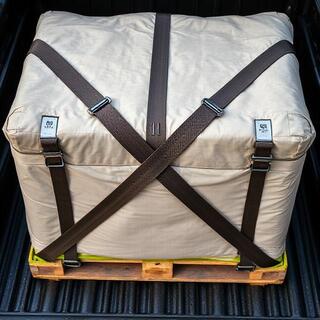
L-guards turn hard edges soft so straps can bite without marks. Corners are the first thing we dress and the last thing we remove.
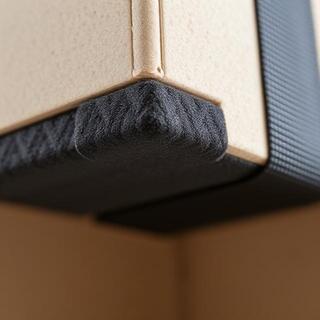
Small items ride in totes or shrink-wrapped on a base. Labels face the lift crew, not the wall—so the handoff is smooth at destination.
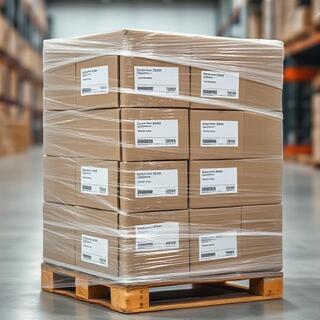
Calm moves start at the board. Dispatch locks windows, assigns drivers, and staggers departures so corridors breathe. Vehicle dots tick along a belt; if a site slows, the next truck pauses at the yard instead of idling at the gate.
Each job rides a window—load, travel, unload—with buffers for traffic and weather. The board shows who’s on deck and which lift times are live.
Crew leads drop short notes: lift busy, ramp set, handoff done. The aim is rhythm, not rush; status is quiet and obvious.
If a site isn’t ready, wheels wait at the staging ground. Less noise, fewer fumes, happier neighbours—and better fuel numbers.
Electronics, artwork, and varnished wood dislike heat swings. We ride shaded bays, use breathable wraps, and log temps on long runs. Anti-static films and soft corners keep sensitive gear calm from door to door.
Machines get anti-static film and upright travel. Shock indicators ride outside so checks don’t disturb packing.
Paint and varnish breathe; we avoid airtight plastic, choose pads and corner guards, and keep direct sun off faces at landings.
On extended corridors a probe logs bay temperature. If numbers drift, we re-stage in shade and shorten bursts.
When stairs won’t do, rigging takes over. The brief covers tag lines, exclusion zones, weather limits, and a soft settle on touch-down. The idea is a quiet lift that feels slower than it looks.
Two tag lines keep the load from yawing; winds past limit delay the lift. Spotters manage pedestrians and windows nearby.
Cones and tape create a calm bubble. Only the rigger and bed chief speak during critical moves; calls are short and clear.
On landing, hands stay below the CG. Straps take over only after the load stops wandering and the brief closes.
After dark we switch to amber discipline: soft voices, reflective cones, and clean glass for clear sightlines. Crews carry an emergency kit—beacons, gloves, fuses, tow strap, mats, and a paper route in case batteries sleep.
Beacon on, hazards off unless stopped. Spotters wear reflective vests; cones walk the curb before the truck does. Cab light stays amber to preserve night vision.
The kit rides near the door: LED beacons, triangle, tow strap, gloves, fuses, first-aid, and anti-slip mats. A printed route map backs up tablets on long runs.
No horn near societies. Engines rest during staging; doors close gently; calls are short and calm. Night runs should sound like a whisper.
Pick the tool for the lane. Mix feeders for tight gates, long-beds for corridors, and hydra for awkward hoists. These quick links jump to the sections you’ll use most.
City Apartment: feeder + liftgate, cones for curb, slot bursts.
Office Uptime: long-bed + quiet corridor mats + IT labels.
Balcony Hoist: hydra + tag lines + exclusion zone.
